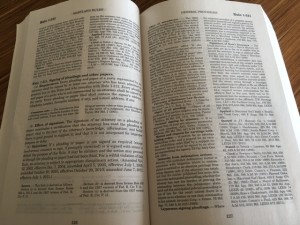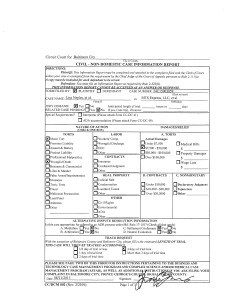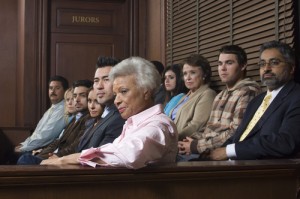I have always had an interest in spoliation of evidence. Spoliation is the negligent or intentional destruction or alteration of evidence or failing to preserve evidence for relevant to future, and sometimes even pending, litigation. This is not an issue we see often in car accident cases but we see it in truck accident and product liability cases and, to a lesser extent, in medical malpractice claims.
 The Maryland Court of Appeals looked at this issue in Cumberland Insurance Group v. Delmarva Power. This case involved the treatment of spoliation of evidence when the physical object destroyed is itself the subject of the case. The context is a little boring. This is a battle between an insurance company and a utility company so, in my world, this is a bad guy on bad guy battle. The destruction here was also negligent, which is a lot less sexy than willful destruction.
The Maryland Court of Appeals looked at this issue in Cumberland Insurance Group v. Delmarva Power. This case involved the treatment of spoliation of evidence when the physical object destroyed is itself the subject of the case. The context is a little boring. This is a battle between an insurance company and a utility company so, in my world, this is a bad guy on bad guy battle. The destruction here was also negligent, which is a lot less sexy than willful destruction.
 Maryland Injury Law Center
Maryland Injury Law Center









